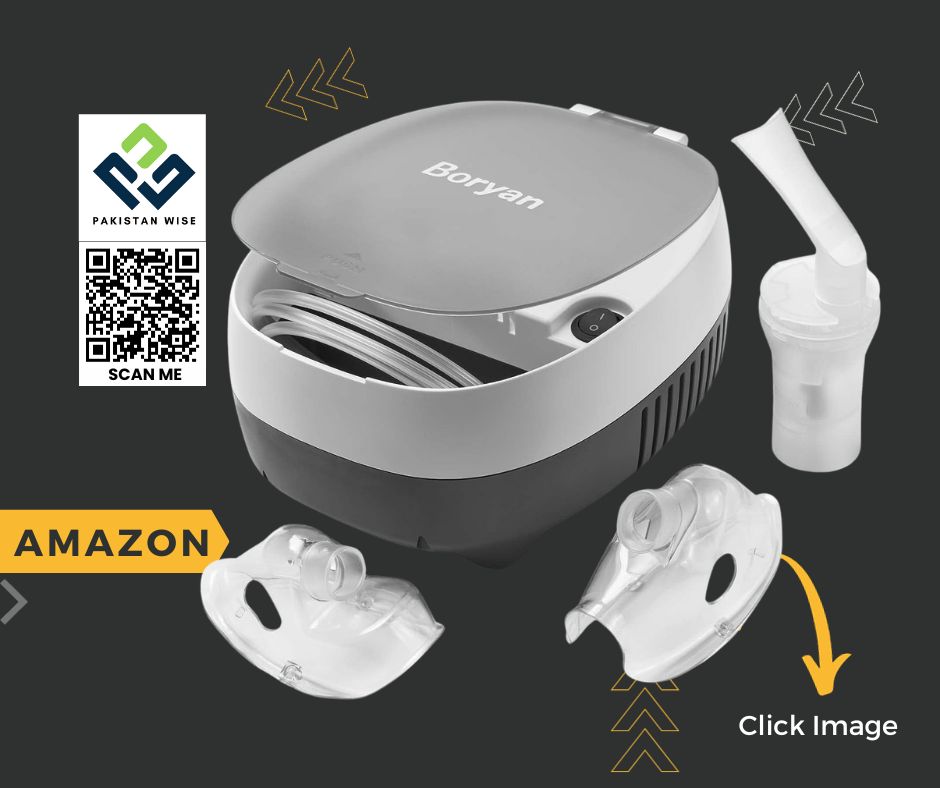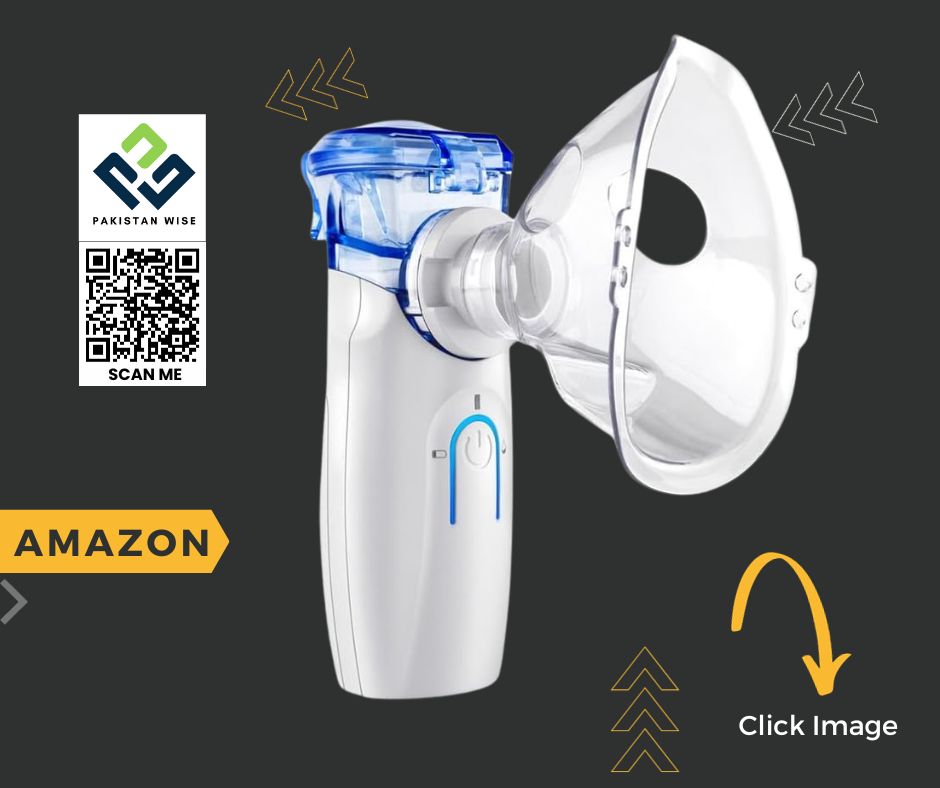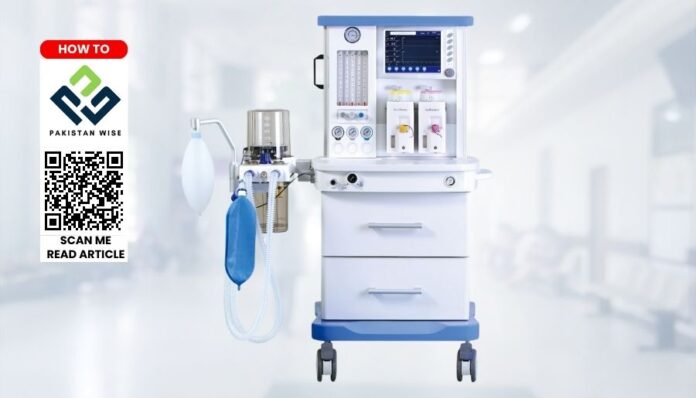Looking to navigate the intricate process of purchasing anesthesia machines? From understanding the diverse range of models available to assessing their specifications and functionalities, acquiring the right anesthesia machine involves a thoughtful and comprehensive approach.
Whether it’s for a healthcare facility’s expansion or upgrading existing equipment, the process demands meticulous consideration of factors like technology advancements, compliance with safety standards, and budget constraints.
Delving into this sphere requires a blend of expertise, research, and a clear understanding of the specific needs and demands of medical practices. This guide aims to streamline the process, offering insights and guidance on the crucial steps involved in procuring anesthesia machines, ensuring a seamless and informed purchasing journey.
Considering Key Factors in Purchasing an Anesthesia Machine.
Recent years haven’t witnessed significant alterations in anesthesia machine design. Nevertheless, contemporary models boast a multitude of supplementary features that enhance their usability, efficiency, and safety compared to their predecessors. Yet, the extensive selection of features and diverse brand offerings often pose a challenge in pinpointing the ideal machine suitable for a specific medical facility. This guide aims to highlight crucial attributes necessary in your machine selection process and assist in determining the most fitting type for your requirements.
Selecting the Ideal Ventilator Type
Selecting the right ventilator type is crucial when it comes to anesthesia machines. It’s essential to opt for the standing bellows ventilator as it’s integrated into the machine itself. This type responds promptly, collapsing instantly upon detecting a leak or if a patient becomes disconnected. Unlike machines with hanging bellows, where a substantial leak might continue to refill, posing risks to both the patient and the operator. Modern anesthesia machines often come equipped with an alarm system that alerts when a disconnection occurs or a system leak is detected.
The shift towards ambulatory procedures has significantly transformed anesthesia practice. When choosing a ventilator, ensure it facilitates pressure-limited ventilation for lung protection and provides guaranteed volume. Additionally, the pressure control mechanism in both new and used medical equipment should possess the strength required to effectively ventilate challenging patients.
Critical Safety Features to Look for in Anesthesia Machines
Ensuring the presence of specific safety measures is crucial when considering the purchase of a modern medical system. Look for machines equipped with backup oxygen and/or nitrous cylinders attached to the rear, serving as reserves should the primary supply run out. Apart from these backup cylinders, it’s essential to confirm the inclusion of oxygen sensors in the machines under consideration. These sensors not only inform operators about the oxygen percentage delivered to patients but also alert them to depleting oxygen supplies. For facilities catering to both adults and children, prioritize machines with a minimum of two vaporizer ports. This provision allows for the induction of adults via IV and maintenance with isoflurane, while ensuring the induction of children through sevoflurane or halothane.
Optimizing Anesthesia Machines: Considerations for Size and Mobility
Considering the dimensions and portability of an anesthesia machine is crucial in making an informed purchase. The machine’s size should align with the available space in the room where it will operate, ensuring adequate clearance and ventilation for the operator. Additionally, the frequency of relocation must be factored in when selecting a machine, favoring lighter models that facilitate effortless movement by staff to various locations within the facility. Balancing these aspects ensures optimal functionality and convenience in diverse operational environments.
Storage Solutions: Assessing Space Requirements for Anesthesia Machines

Ensuring ample storage capacity is key when considering an anesthesia machine. Beyond its essential features, adequate space for storage becomes pivotal. Having shelves designated for monitor placement and drawers allocated for tubing, stylets, and endotracheal tubes is crucial for optimizing operational efficiency. Additionally, the inclusion of a built-in suction system or a designated area to affix a suction regulator can further enhance the machine’s utility.
Diverse Brands in Anesthesia Machines: Navigating Your Options
After assessing your requirements concerning specifications, dimensions, and capacity, the subsequent choice on your agenda involves selecting from an array of machine brands. The multitude of options available may seem overwhelming, but determining the optimal choice for your establishment hinges on prioritizing the features you’ve deemed crucial. Keep in mind that certain brands may present a wider spectrum of advantages compared to others.
Decoding GE Anesthesia Systems: Features and Advantages
GE is renowned for its Anesthesia Systems, boasting popular brands such as Drager and Ohmeda. Among their standout features is the incorporation of battery backup in both brands, ensuring uninterrupted functionality during power outages. A distinctive attribute lies in their open architecture, facilitating seamless integration with existing data management systems and various equipment. This innovative technology notably shifts the clinicians’ focus towards patient care rather than system monitoring during anesthesia administration.
In terms of patient safety, Drager introduces its fresh gas decoupling system, effectively preventing volutrauma and barotrauma, along with the inadvertent addition of FGFs to the delivered tidal volume. Noteworthy among GE’s top anesthesia systems are the Carestation, Aespire, Aestiva, and Avance models, each contributing significantly to the realm of medical equipment advancements.
New vs. Refurbished: Anesthesia Equipment Purchasing Options Explained
When it comes time to replace your anesthesia systems, the choice between acquiring a brand-new machine or opting for a refurbished one presents itself. This decision isn’t without its considerations. Opting for new equipment holds numerous advantages. Foremost among them is the capability to provide patients with the most cutting-edge technology available. Moreover, having state-of-the-art equipment can attract a larger influx of new patients to your practice. Additionally, the array of advanced functionalities in modern anesthesia machines streamlines the clinical focus squarely on the patient’s care.
Balancing Cost and Longevity: Anesthesia Machine Investments
Investing in new medical equipment undoubtedly presents a substantial cost, demanding a careful review of your financial resources. The purchase of an anesthesia machine requires a significant budget allocation. For those facing budget constraints, securing a loan stands as a viable route to obtain the necessary funding. However, bear in mind that a down payment of around 20% might be a prerequisite when opting for this financial approach.
Considering the longevity of your investment is crucial when acquiring new equipment. Technology inevitably evolves, rendering current equipment obsolete over time. Hence, selecting an anesthesia machine that seamlessly integrates with existing systems and accommodates future advancements becomes imperative. Opting for a system that can adapt to evolving needs enables the maximum utilization of the equipment before it necessitates replacement.
Eventually, the inevitability of obsolescence raises the question of whether to sell outdated equipment. The decision-making process becomes challenging, particularly if the technology has significantly aged.
Alternatively, another avenue to explore in acquiring updated equipment involves purchasing refurbished machinery. This option allows healthcare facilities to offer contemporary technology to patients without incurring the substantial upfront costs associated with new purchases.
Flexible Payment Solutions for Anesthesia Machine Acquisition
Choosing used equipment presents several advantages, notably in payment flexibility. Unlike buying brand-new anesthesia systems that often demand rigid payment structures, purchasing refurbished machinery offers a more adaptable payment approach. With this option, you can tailor payments according to your schedule, ensuring more manageable monthly installments without concerning yourself with extra fees.
Moreover, the beauty of opting for a used anesthesia machine lies in its adaptability to technological advancements. When the time comes for an older model to phase out, the process simply involves swapping it for a newer, refurbished model equipped with the latest technology. The equipment leasing company efficiently handles these transitions, simplifying the entire upgrade process.
Unlocking Added Value: Beyond the Anesthesia Machine Purchase
The primary consideration when deciding between new and pre-owned equipment lies in its ability to continually enhance your practice’s value. If it fails to do so, it becomes an unnecessary expenditure rather than an asset.
Determining whether your facility requires new or used medical equipment ultimately hinges on your financial constraints. However, comprehending the necessary features and ideal machine size might necessitate expert guidance.

In situations where clarity is lacking, seeking advice from seasoned professionals proves invaluable. Engaging with a company that offers a range of new and reconditioned medical equipment from reputable industry brands greatly enhances the prospects of acquiring the equipment you desire.

